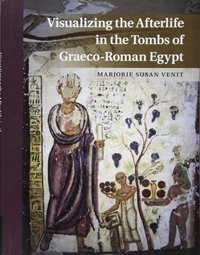| Main » Ad Board » ДРЕВЕН ЕГИПЕТ И АФРИКА » Археология |
| 16.02.2021, 20:12 | |
Гробниците от ерата на фараоните са едни от емблематичните и добре изучени паметници на Древен Египет. На така обаче стоят нещата с тези от гръко-римската епоха" - времето на Птолемеите и римските императори. Загубени в пясъците на пустинята, под обработвани хълмове или модерни градски центрове, тези паметници сякаш убягват от вниманието на египтолозите. Настоящата монография е призвана да запълни тази празнина и да покаже как вече мултиетническото и мултикултурно население на страната си е представяло отвъдното и как е заплащало за свое място в него. - на английски език, от MEGA, формат PDF.Сваляне с ляв бутон (downloading by left button) и после през бутона Download. АЛТЕРНАТИВЕН ЛИНК / ALTERNATIVE LINK: АЛТЕРНАТИВЕН ЛИНК / ALTERNATIVE LINK: - на английски език, от Google Drive, формат PDF. Сваляне с ляв бутон (downloading by left button) от страницата на предоставящия сървър, после през бутона стрелка надолу/after by down arrow button.
| |
| Views: 729 | Placed till: 31.07.2022 | Rating: 0.0/0 | |

